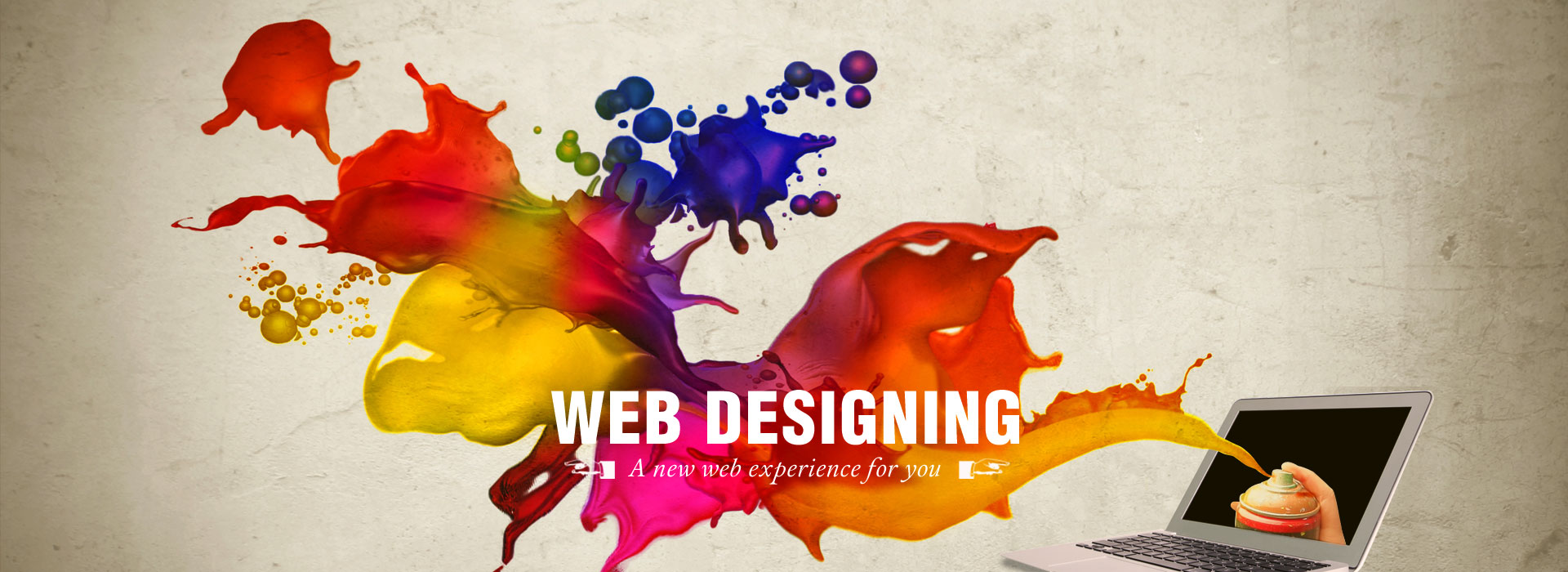 If we’re asked any question above all else, it’s this: What should I charge for this project? In fact, we’ve been asked the question so many times that we’re now prepared to write an article about it. Don’t take us the wrong way, though. We understand completely the confusion and mystique revolving around money in this market. And considering each new project comes with a whole host of unique situations, there is no set grid to work off of. Still, there are ways you can generally speaking price a design project, which is what we’ll attempt to do below. So without further ado!
If we’re asked any question above all else, it’s this: What should I charge for this project? In fact, we’ve been asked the question so many times that we’re now prepared to write an article about it. Don’t take us the wrong way, though. We understand completely the confusion and mystique revolving around money in this market. And considering each new project comes with a whole host of unique situations, there is no set grid to work off of. Still, there are ways you can generally speaking price a design project, which is what we’ll attempt to do below. So without further ado!
- Websites: This one is a tricky area, as a website can potentially take only a few hours to set-up, or as much as a whole month. As such, pricing one of these puppies can be a real nightmare. If you’re signing a client for a large-scale production, we strongly suggest you work on an hourly or weekly rate. Charging a lump sum is fine, but you never know when a client’s requests will turn into mountains of excess overtime. Be smart, and let the client know up front that you’ll be charging by the hour.
- Logos: We’re tempted to just say, “Charge more than $200†but that wouldn’t quite be fair. You see, as a designer you’re facing stiff competition from the under $100 crowd in this department. However, you can offer an entire host of personalized service options that aren’t available for cheap. Furthermore, you’re willing to listen and adjust the work to meet the client’s exact needs. To us, this is usually worth at least $100, though charging as much as $350 for an industry-setting logo is not out of the question.
- Advertisements: This is another one of those grey areas. Depending on the advertisement, and also where it’s heading, you may charge as much as a few thousand. However, most for-Internet adverts won’t cost nearly that much. The best thing to do here is simply gauge how much time you’ll spend on the project, then give the client an hourly rate. That way you’re covered for overtime, and you’ll feel much less stressed about the whole scenario. At the end of the day, a little common sense will save you a lot of pain.


